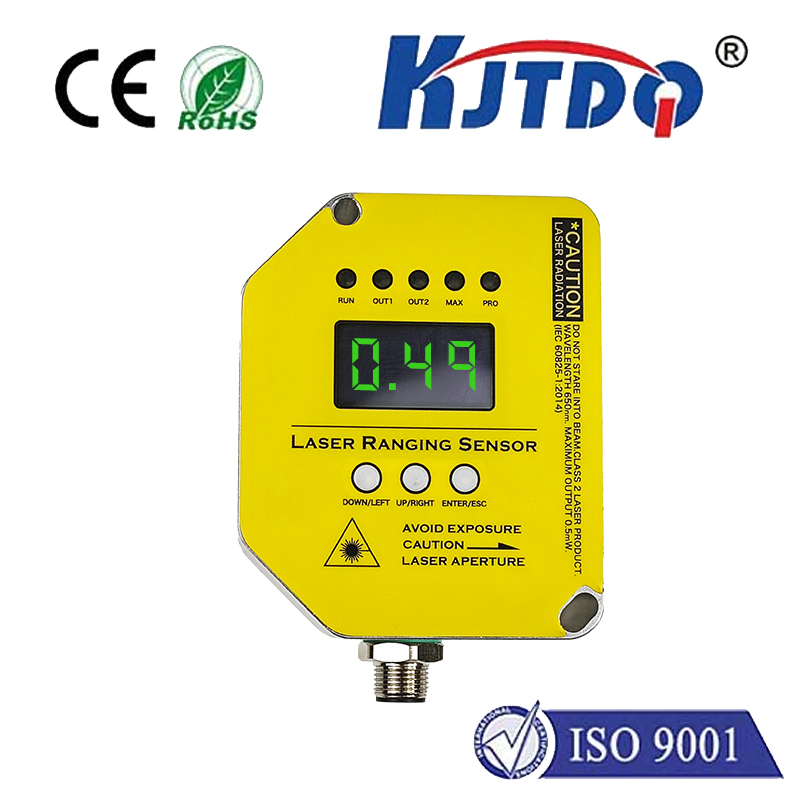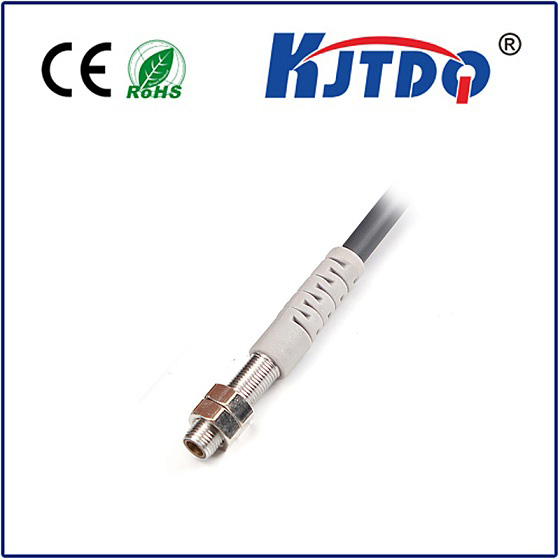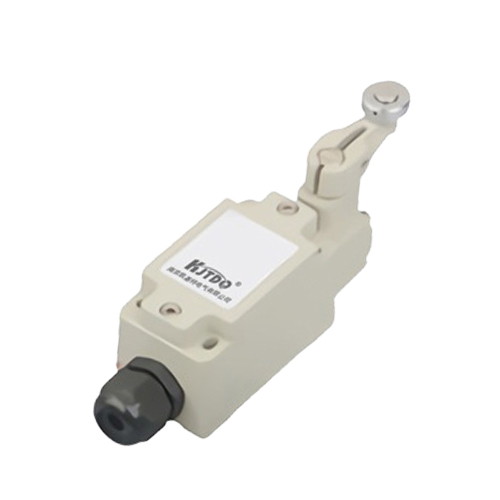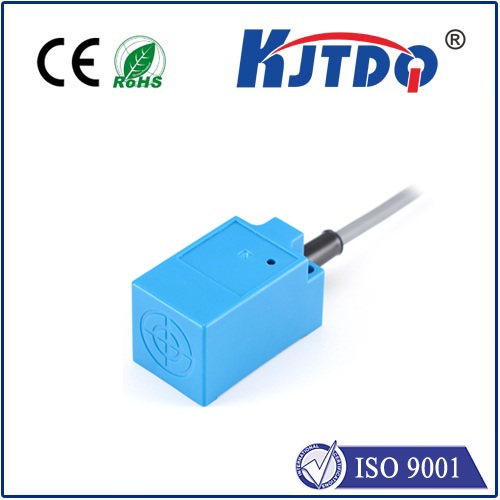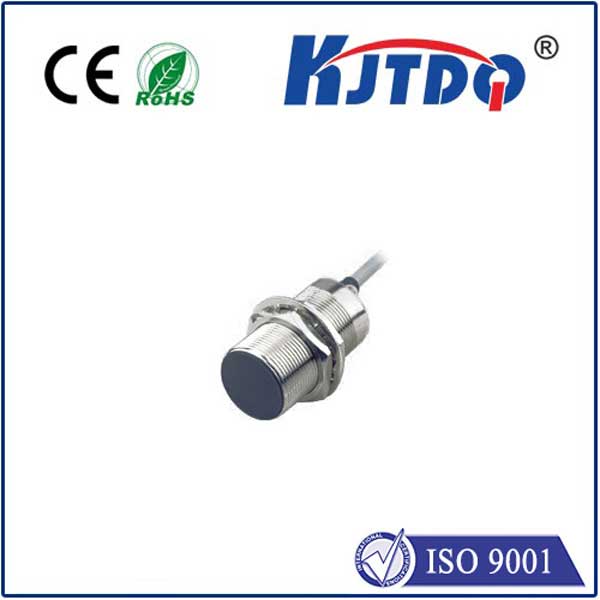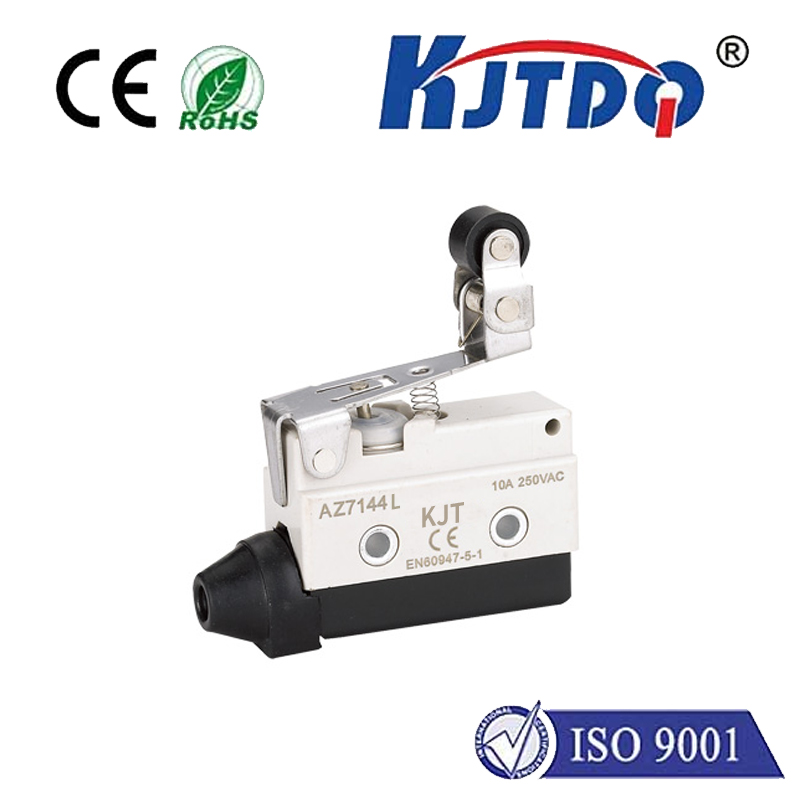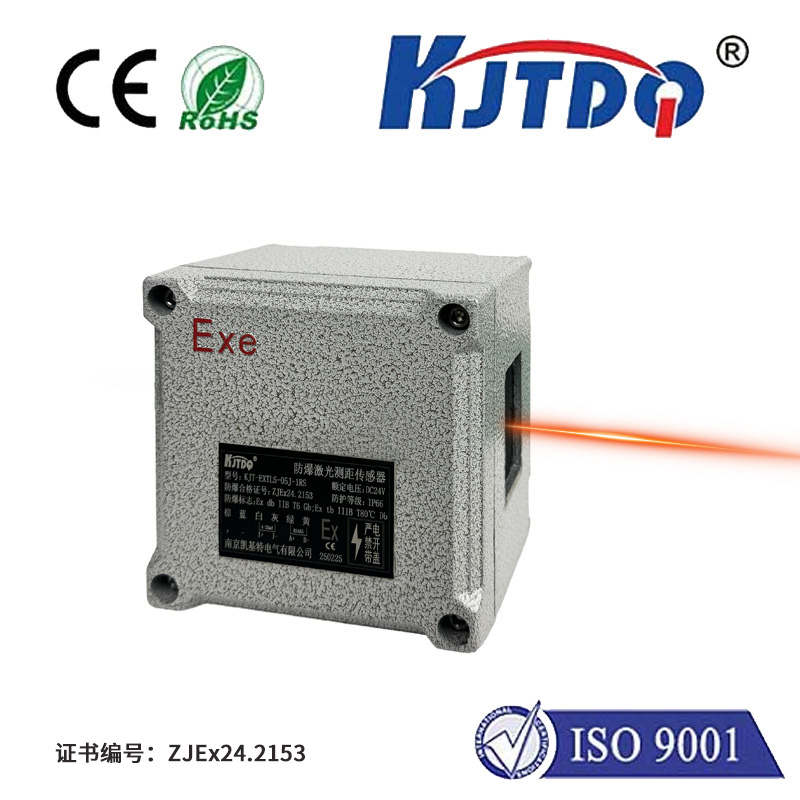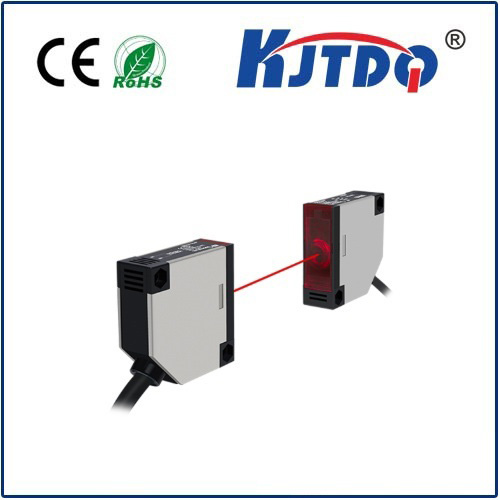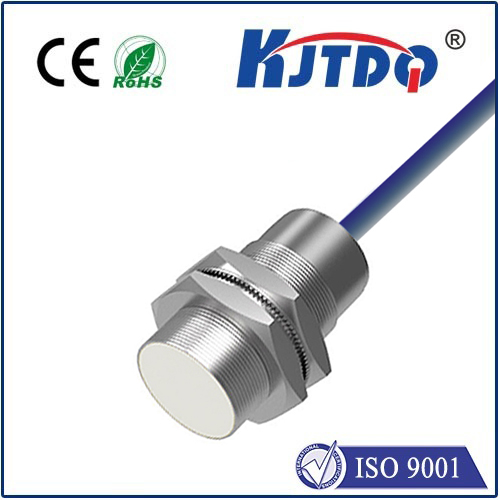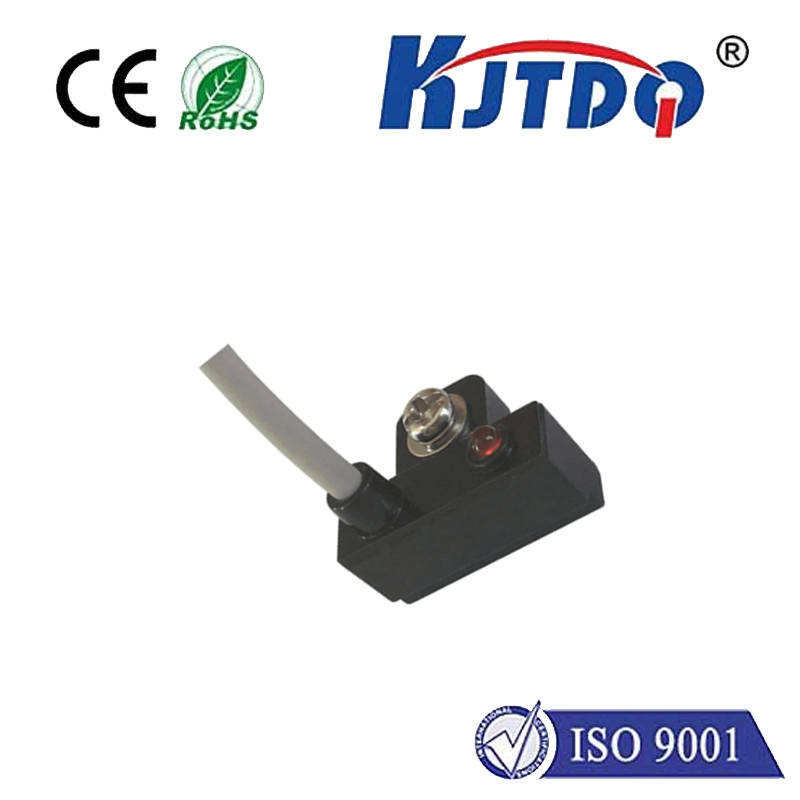

check

check

check

check

check

check

check

check

check

check
Title: Exploring the Retro Reflective Laser Sensor – A Modern Take on an Old Concept
The world of technology is constantly evolving, with new innovations emerging every day. One such innovation that has gained popularity in recent years is the retro reflective laser sensor. This device combines the principles of retroreflection and laser sensing to create a highly efficient and reliable system for a variety of applications. In this article, we will delve into the workings of the retro reflective laser sensor and explore its numerous uses.

Retroreflection refers to the ability of certain materials to reflect light back towards its source, regardless of the angle at which it strikes the surface. This property is commonly seen in safety vests and road signs, as it allows them to be highly visible to drivers at night or in low-light conditions. When combined with laser sensing, this principle can be utilized to create accurate and precise measurements.
A retro reflective laser sensor works by emitting a laser beam towards a retroreflective surface. The beam is then reflected back to the sensor, which measures the time it takes for the light to travel to the surface and return. By calculating the distance based on this time, the sensor can determine the precise location and movement of objects within its range.
One of the main advantages of using a retro reflective laser sensor is its ability to operate effectively in various lighting conditions. Unlike traditional cameras or other sensors that rely on ambient light, the retro reflective laser sensor can function even in complete darkness, making it ideal for applications such as autonomous vehicle navigation or industrial machinery control.
Another benefit of this type of sensor is its high accuracy and precision. Because it relies on the time it takes for the laser beam to return, rather than simply measuring the intensity of reflected light, it can provide extremely precise measurements. This makes it ideal for applications where exact measurements are critical, such as in construction or manufacturing industries.
In conclusion, the retro reflective laser sensor is a fascinating example of how old concepts can be reimagined and improved upon through modern technology. Its ability to function in various lighting conditions and provide highly accurate measurements make it a valuable tool for a wide range of industries. As technology continues to advance, it will be exciting to see what other innovative solutions emerge from the combination of old ideas and new developments.
